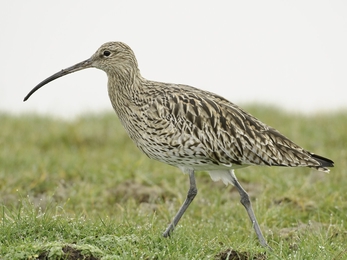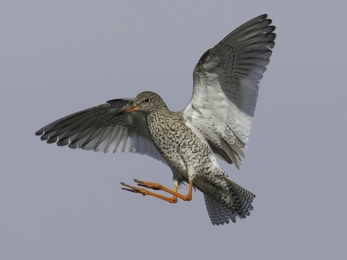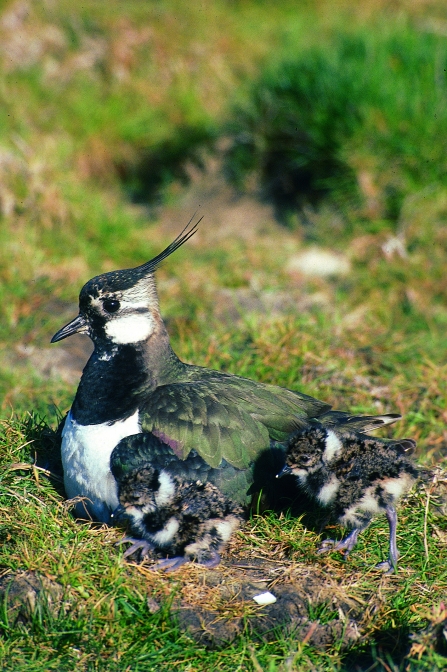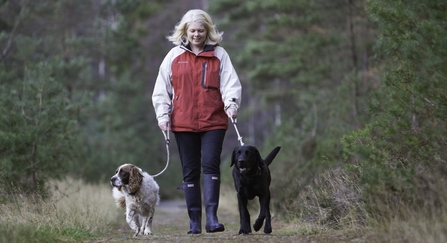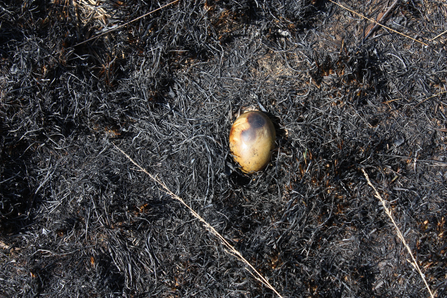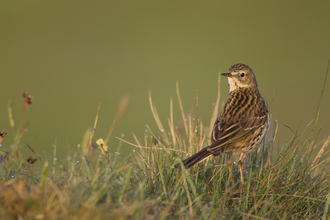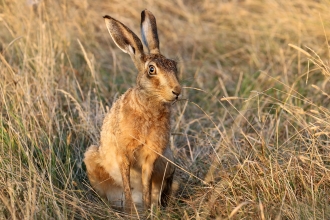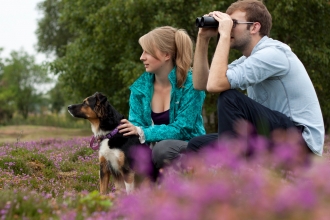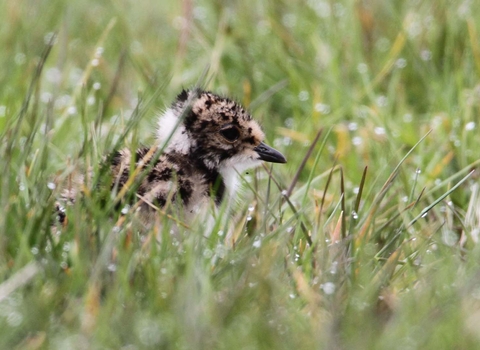Is there any better time for a walk than spring? Longer days, warmer weather and new life emerging everywhere; the air filling with birdsong and the scent of blooming flowers. It’s also nesting season for birds, but did you know that not all birds nest in trees?
Which birds nest on the ground?
Lots of birds nest on the ground in the UK and we’re lucky enough to have some really important ground-nesting birds in Lancashire, Greater Manchester and North Merseyside, including:


